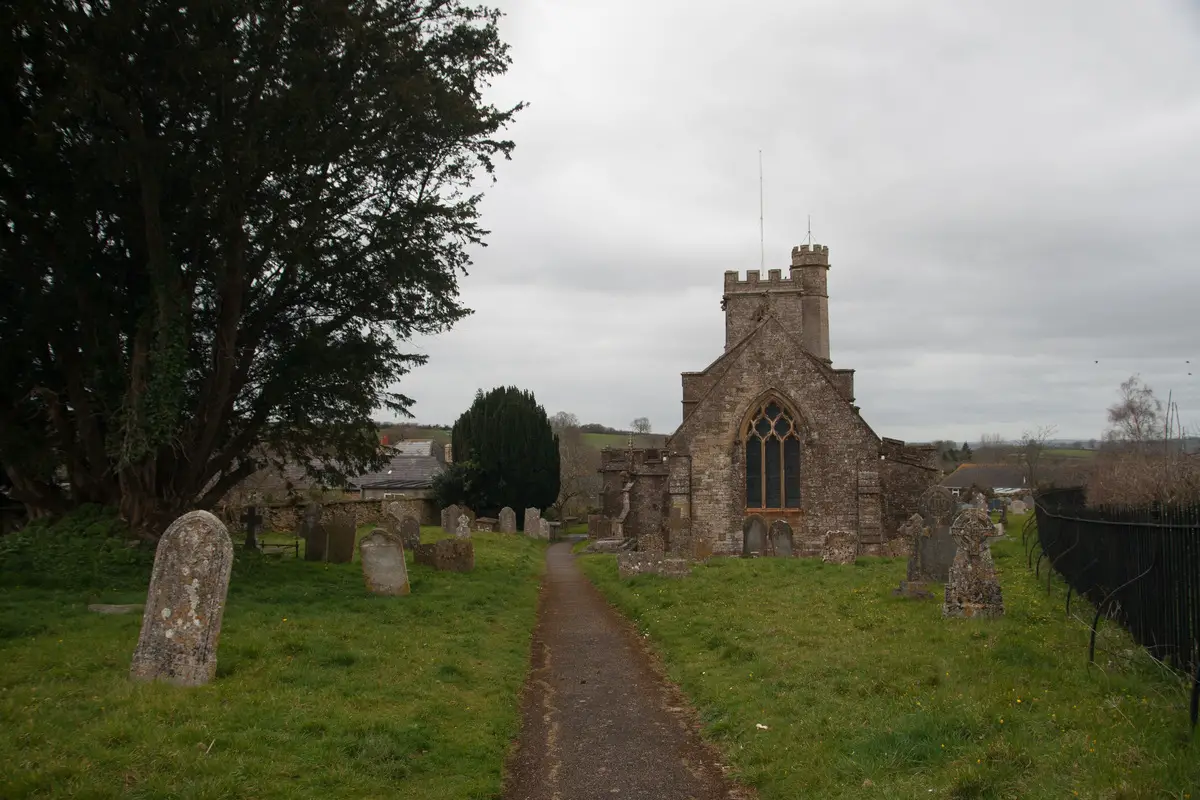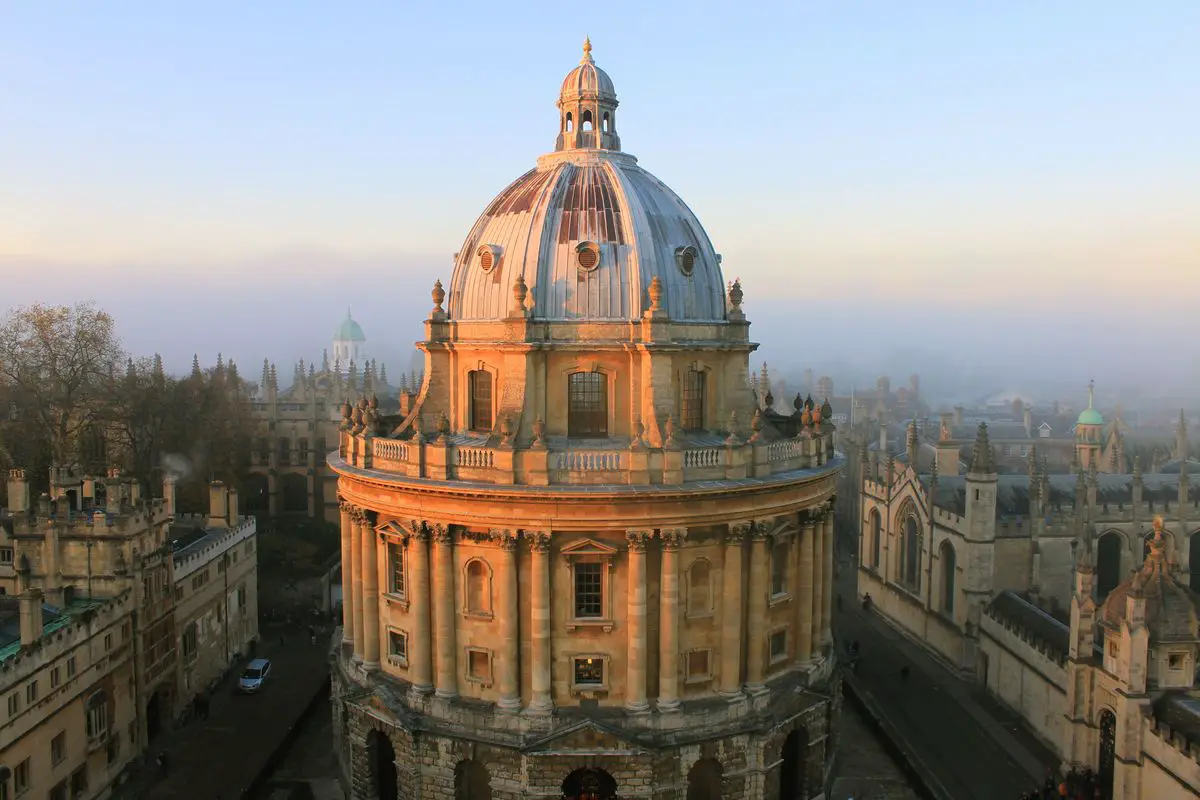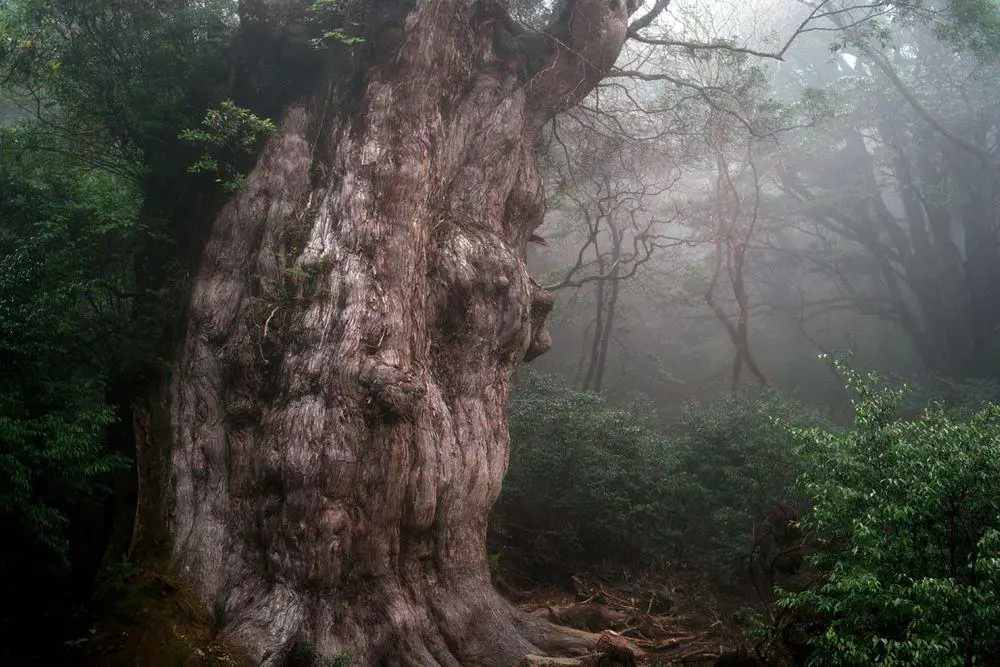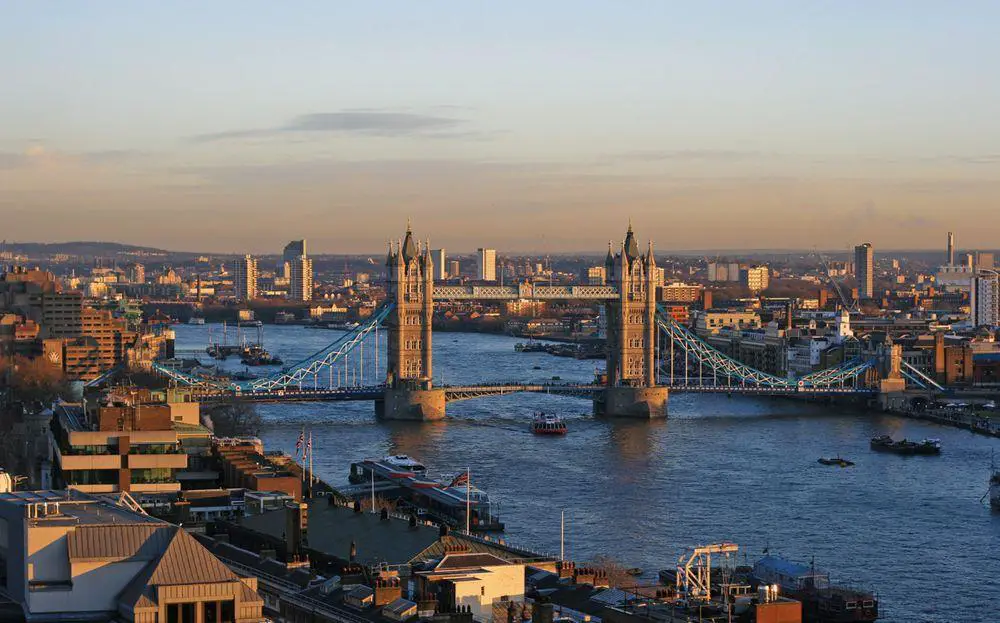World 🢖 Europe 🢖 United Kingdom 🢖 England 🢖 Dorset
Wonder
Yew at Broadwindsor Church

 In short
In short
In former times there was a giant yew at Broadwindsor Church – the circumference of its its trunk exceeded 10 m. Now, it seems, the trunk is buried under debris and 15 trunks rise above it – the tree in a way has turned into a bush.
 26.3%
26.3%
GPS coordinates
Location, address
Species
Circumference
Map of the site
If you see this after your page is loaded completely, leafletJS files are missing.
 In detail
In detail
Broadwindsor is a picturesque, old village in Dorset. Surnames of many local people are the same as mentioned in written sources from the 13th and 14th centuries, such as Hallett, Studley.
St John the Baptist church
A church in its (approximate) present location has existed in Broadwindsor since the Anglo-Saxon times.
The current church building to a large extent was formed during the rebuilding in 1868, but some parts of the church are much older.
The southern arcade, most likely, was built in the late 12th century (around 1180), Norman times, in Romanesque style. The northern arcade is somewhat younger, constructed in Early English Gothic style. The core part of the western tower was built in the 15th century, in Perpendicular Gothic style.
The ancient yew
In the churchyard, east of the church, stands a large bush – the top of an ancient yew. The ancient trunk now is buried, most likely, in the debris that was created by the tree itself, creating a 1.2 m high mound. From it rise 15 trunks, each with a circumference of 0.9-1.8 m.
It is possible that the ancient, collapsing trunk of the yew was cut down during the reconstruction works in 1868. The power of the ancient yew, though, was sufficient to survive this and grow again.
References
Yew/Yews at Broadwindsor England, Ancient Yew Group. Accessed on December 10, 2023.- Broadwindsor St John the Baptist, Tinstaafl Transcripts. Accessed on December 10, 2023.
 Linked articles
Linked articles

Wonders of England
The natural and cultural wonders of England are very diverse and here are found some of the world’s most impressive landmarks in several categories, such as churches and museums.

Trees
The category includes some of the most impressive and interesting separate trees in the world. The total number of tree species in the world still is a wild guess – maybe 10,000 and maybe 100,000 but most likely somewhere in between. Every month there are reported new tree species from the whole world, including Western Europe.

Wonders of the United Kingdom
Throughout many centuries the United Kingdom has enjoyed relative political stability and wealth. As a result, humans have created here countless amazing and well-preserved values of art and history.
 Recommended books
Recommended books
The God Tree
The God Tree is a great read and will make people think again and again about Yews’ – David Bellamy, the Naturalist. This is the first book to take up the quest for the Golden Bough since JG Frazer’s classic study in 1915 with the discovery of the bough growing once more, as the rare adornment of a small number of ancient Yews.
The Ancient Yew: A History of Taxus baccata
The gnarled, immutable yew tree is one of the most evocative sights in the British and Irish language, an evergreen impression of immortality, the tree that provides a living botanical link between our own landscapes and those of the distant past. This book tells the extraordinary story of the yew’s role in the landscape through the millennia, and makes a convincing case for the origins of many of the oldest trees, as markers of the holy places founded by Celtic saints in the early medieval ‘Dark Ages’.


